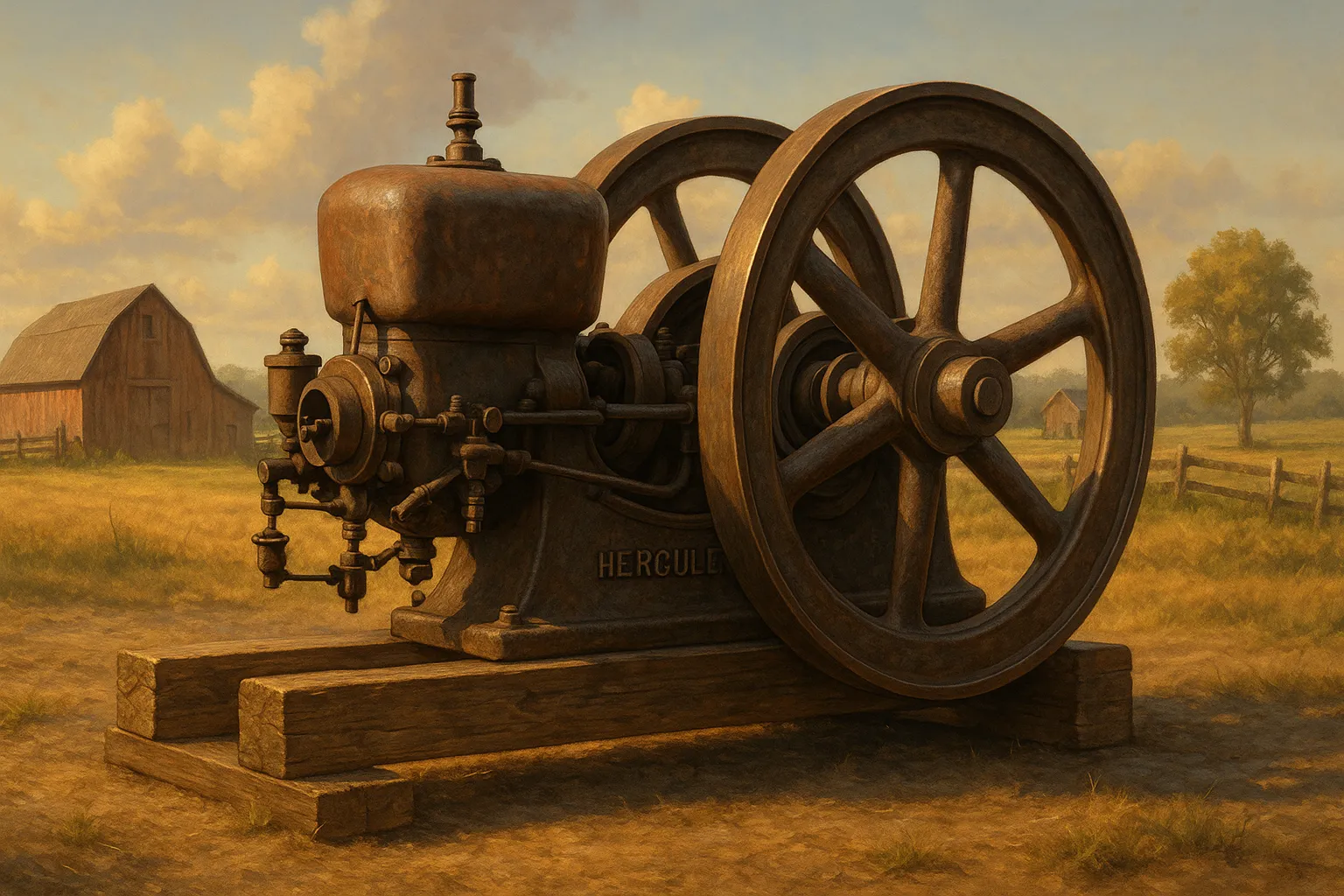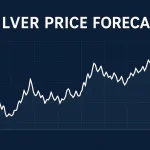Hit and Miss Engine for Sale | 5-Minute Buying Guide
Hit and Miss Engine for Sale: Your Ultimate 5-Minute Buying Guide
If you’re in the market for a hit and miss engine for sale, you’ve come to the right place. These iconic stationary engines powered farms, mills, and workshops in the early 20th century and today serve collectors, hobbyists, and small-scale operators alike. This guide will answer your key questions—what makes these engines special, where to find them, how to evaluate condition and price, and what to consider before sealing the deal.
Table of Contents
- What Is a Hit and Miss Engine?
- Why Buy a Hit and Miss Engine?
- Types and Conditions Available
- Where to Find Hit and Miss Engines for Sale
- Key Considerations Before Purchase
- Pricing and Value
- Maintenance and Restoration
- Shipping and Delivery Options
- Frequently Asked Questions
- Conclusion and Next Steps
What Is a Hit and Miss Engine?
A hit and miss engine is an antique internal-combustion stationary engine that regulates its speed by “hitting” (firing) when the speed drops below a threshold level and “missing” (bypassing a cycle) when it’s quicker. The straightforward governor mechanism made them rugged workhorses for pumping water, sawing logs, and driving machinery prior to widespread electrification.
Why Buy a Hit and Miss Engine?
- Historic Appeal: They are very much living pieces of industrial history.
- Longevity: With huge cast iron and simple mechanisms, the majority are still working after 100+ years.
- Hobbyist Community: There is a huge hobbyist base of collectors, shows, and restoration clubs.
- Versatile Use: Besides for show, they can be utilized to run small generators, water pumps, and belt-driven machinery.
Types and Conditions Available
- Original, Unrestored Engines – Less costly, but may require tear-down to the last piece and machining.
- Partly Restored – Mechanical restoration complete; cosmetic restoration left to be done.
- Fully Restored, Running Engines – Complete, ready to show or drive; top-of-the-shelf price.
- Refurbished or Custom-Built Replicas – New castings or CNC-machining for the customer who desires “like new” performance.
Where to Find Hit and Miss Engines for Sale
- Internet Auction Websites: eBay, Gumtree, and Craigslist usually have individual sellers with “used hit and miss engine for sale.”
- Specialty Websites: Ritchie Bros. and IronSale have ongoing machinery sales with old engines being the highlight.
- Dealer Websites: AntiqueMachinery.org, OldEngineTrader.com are dedicated to vintage stationary engines.
- Collector Facebook Groups & Forums: Attempt to use the keywords “hit and miss engine dealers” or “antique engine restoration” so as to view private advertisements.
Key Considerations Before Purchase
- Condition Assessment: Inspect for crack in castings, rust, and condition of parts (flywheel, governor, carburetor).
- Documentation & Provenance: Well worth the investment is a service history or original manuals.
- Restoration Costs: Add machining, paint, and parts—especially on rare models like Hercules, International, or Fairbanks-Morse.
- Intended Use: Display or running; operating engines need an adequate fuel and lubrication system.
Pricing and Value
| Condition | Price Range (USD) |
|---|---|
| Entry-Level Unrestored Engines | $500 – $2,000 |
| Partially Restored Units | $2,000 – $5,000 |
| Fully Restored, Running Engines | $5,000 – $12,000+ |
| Replicas/Refurbished | $8,000 – $15,000 |
Prices are established by make, model year, horsepower rating, and availability. Compare some ads always—search “hit and miss engine price” to establish the price with your bid.
Maintenance and Restoration
- Regular Inspections: Inspect check valves, bearings, and governor linkages for wear.
- Lubrication: Use good non-detergent oils in lubricator; grease accessible bearings every month if running.
- Parts Acquisition: The majority of pattern-shop shops and aftermarket manufacturers can produce lost or worn-out parts.
- Professional Work: Difficult machining or boiler construction (if on your to-do list is the conversion to steam), locate professional restoration facilities.
Shipping and Delivery Options
- Crate and Ship: Engines over 200 kg usually ship in freight on pallets—$200–$800 depending on location.
- White-Glove Movers: Door-to-door transportation of fully restored show engines guarantees no damage.
- Local Pickup: Looking for a “hit and miss engine for sale near me” might be cost-saving but demands heavy-lift equipment.
- Insurance: Insure valuable consignments for their full appraised value at all times.
Frequently Asked Questions
Can I run a hit and miss engine on newer fuel?
Yes—most are gasoline or kerosene; some restorers use vegetable oil blends.
Are replacement parts available?
Reproduction components are a niche product for some builders; online forums help to find obscure parts.
How quiet are the engines?
Budget for 80–95 dB, a sound similar to a chainsaw. Sound‐dampening enclosures or mufflers will dampen the engine.
Conclusion and Next Steps
Buying a hit and miss engine for sale is both a worthy odyssey and a satisfying search. Decide, first of all, if you want an unrestored project or a completed display ready to race. Build your budget, then scour the big marketplaces and specialty dealers. With research and determination, in no time at all you’ll own a chunk of mechanical history that will continue to fascinate and function.




